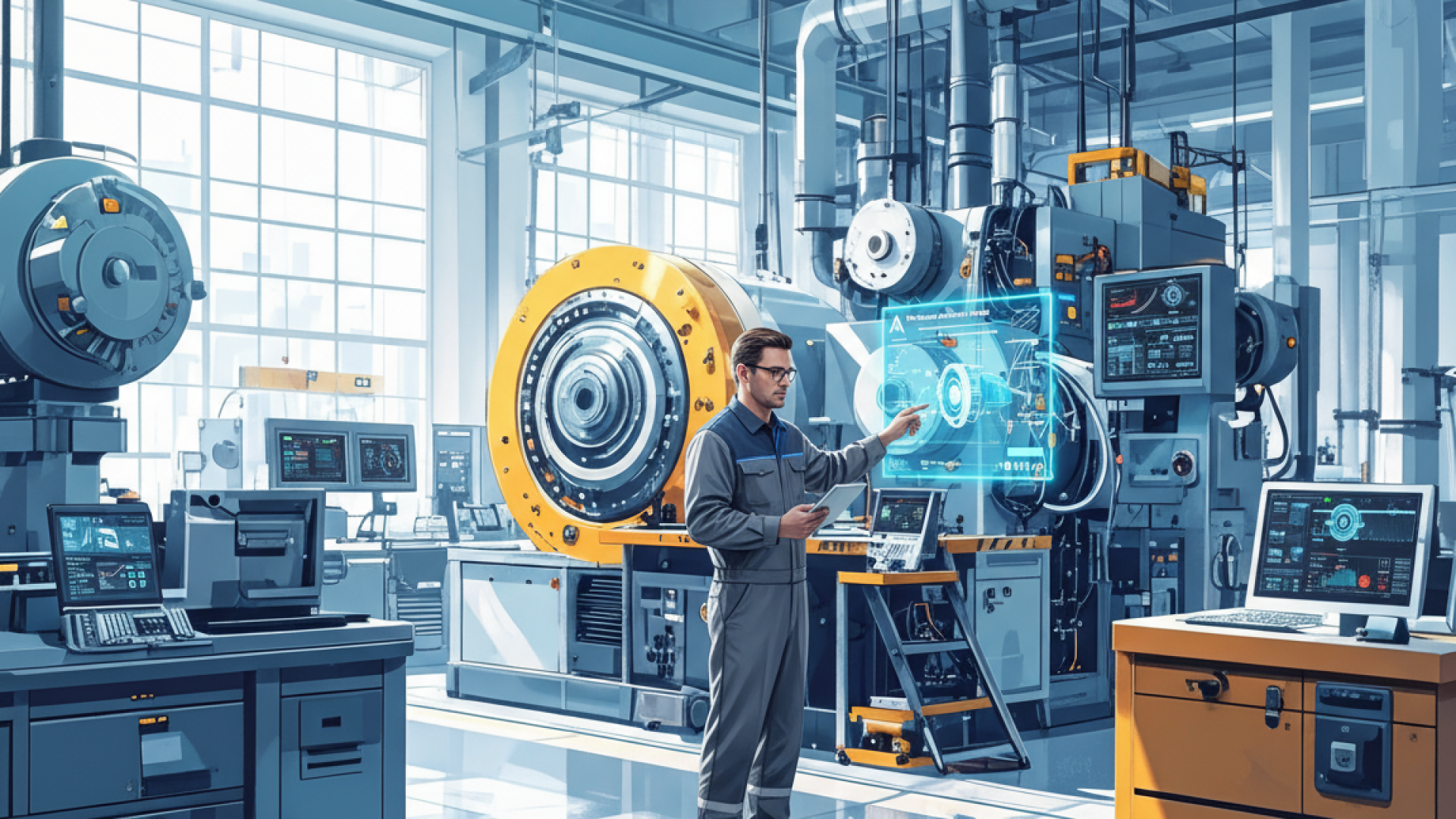In today’s fast-moving industrial world, unexpected machine failures are more than just an inconvenience—they can halt entire production lines, cause significant revenue losses, and damage client trust. Traditional maintenance strategies like corrective or preventive maintenance often fall short, either waiting until failure occurs or replacing parts too early. That’s where predictive maintenance (PdM) comes in, offering a smarter, data-driven approach.
What is Predictive Maintenance?
Predictive maintenance uses real-time data, sensors, and analytics to detect signs of wear and potential failures before they happen. Unlike scheduled preventive maintenance, PdM ensures parts are replaced or serviced only when necessary, minimizing downtime and maximizing efficiency.
Key Benefits of Predictive Maintenance
- Reduced Downtime – Early detection helps prevent sudden equipment breakdowns.
- Lower Maintenance Costs – Replacing parts only when needed avoids unnecessary expenses.
- Extended Equipment Life – Proper monitoring reduces stress on critical machinery.
- Better Safety – Detecting issues before failure ensures safer working conditions.
- Higher Productivity – With fewer interruptions, production output remains stable.
Technologies Driving Predictive Maintenance
- IoT Sensors – Collect vibration, temperature, and pressure data.
- AI & Machine Learning – Analyze historical trends to predict failures.
- Cloud Platforms – Store and process vast amounts of machine data.
- Digital Twins – Virtual models simulate machine behavior for advanced diagnostics.
How to Implement Predictive Maintenance in Your Facility
- Start Small – Choose one or two critical machines for a pilot program.
- Install Sensors – Equip equipment with IoT sensors for data collection.
- Use Analytics Tools – Leverage AI software to monitor patterns.
- Train Teams – Ensure staff understand how to interpret alerts and reports.
- Scale Up – Expand across the entire production line once proven successful.
Real-World Example
A manufacturing company running automated assembly lines reduced downtime by 30% in the first year of adopting predictive maintenance. By monitoring vibration levels on motors and drives, they identified early signs of bearing failures and replaced them before costly breakdowns occurred.
Challenges to Consider
- Initial setup costs for sensors and software.
- Need for skilled staff to manage and interpret data.
- Integration with existing maintenance systems.
Conclusion
Predictive maintenance is no longer a futuristic concept—it’s a necessity for industries aiming to reduce downtime, cut costs, and stay competitive. By leveraging technology and data, businesses can transform maintenance from a reactive burden into a proactive advantage.
Looking for hard-to-find or obsolete automation parts? At All Industrial Automation, we ensure your machines stay running with genuine and globally sourced components.




